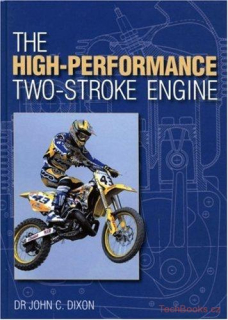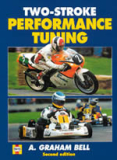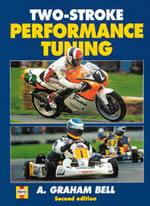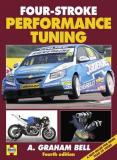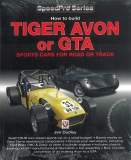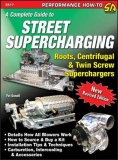Anotace
Features
• THE home workshop Bible
• All the information required to create a racing car from scratch
• A mine of information for the special builder
• An A to Z of amateur car construction
• Invaluable guide to starting in competitive motorsport
• No stones left unturned in this construction handbook
• Give your obsession some direction
• Take advantage of someone else’s mistakes
• This book could save you a lot of time and money, don’t embark on your special ‘journey’ without it!
Description
Takes the reader from budget racing car concept to the car's appearance on the racetrack, in easily comprehensible steps. Although aimed at cars for hillclimbing and sprinting activities, it has wider applications too, and discusses the motorcycle engine types that may be suitable and provides an agenda for their procurement, together with advice about the associated pitfalls. There is guidance on design which will prepare the would-be car builder for the many choices available, extending to properties and selection of materials. The processes involved in the construction are described in detail, as is the equipment necessary to carry them out. With over 200 photos, plus detailed step-by-step instructions and extensive diagrams, this book is a vital addition to any would-be kitcar builder's library.
Synopsis
If you are aspiring to build a racing car this could be the book that you've been waiting for! Tony Pashley revisits the path that he took in the Pashley Project articles in Race Tech magazine during the design and construction of two successful hillclimb cars. This time in great detail with a view to enabling the reader to carryout a similar exercise for themselves. Although hillclimb and sprint cars are the focal topic, a lot of the book is applicable to race cars in general. The cars under discussion in the book are powered by motor cycle engines which, in the smaller racing car classes are meeting with great success. The total process of building a car is described beginning with the selection and procurement of the engine. Chassis and suspension design is covered in a simplistic but adequate manner as the author's aim is to minimise the inclusion of involved calculations. Two recipes for chassis construction are illustrated in detail along with guidance on the processes of construction and a description of the required equipment. Following on from this the fabrication of the suspension is explained. Further chapters are dedicated to the remaining aspects of the vehicle covering; transmission, brakes, fuel and coolant systems and electrics. The book is heavily illustrated with 200 photographs and extensive explanatory diagrams and tables. This book is a vital addition to any would be kit car builders library.















